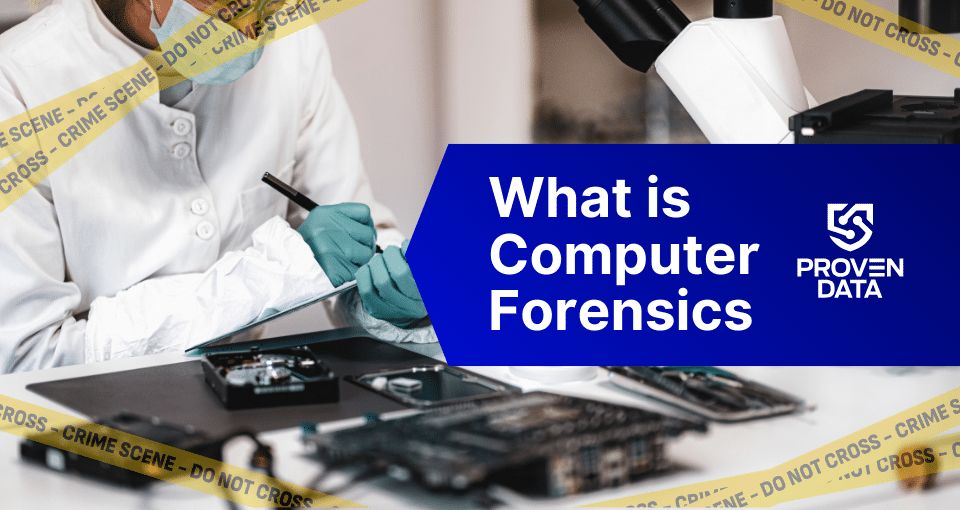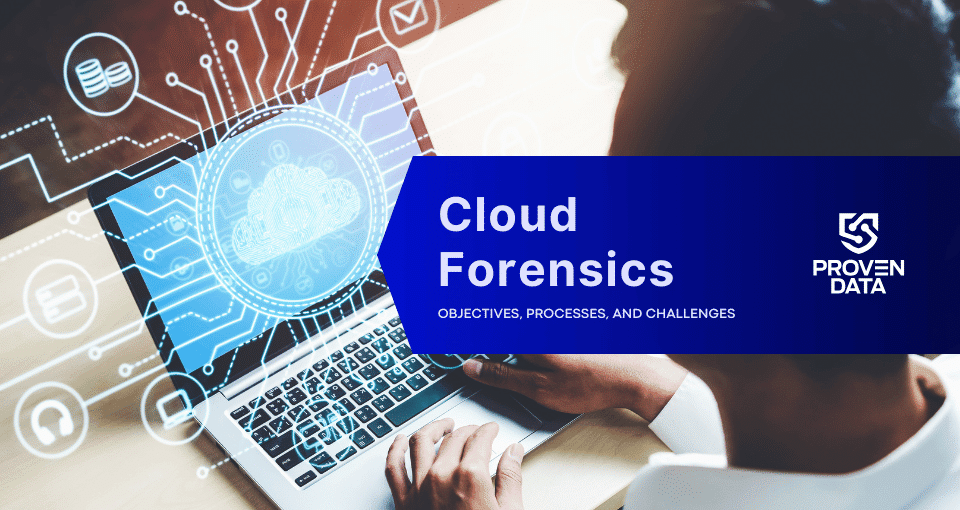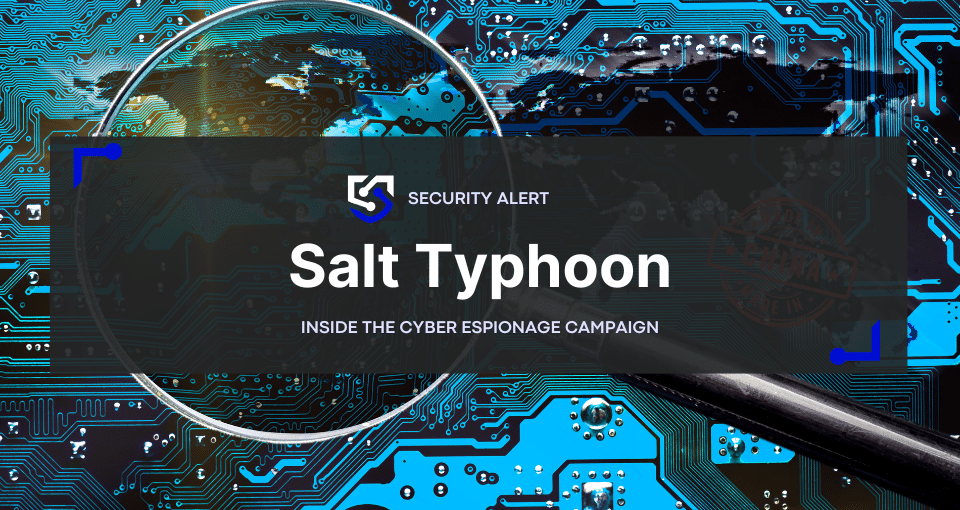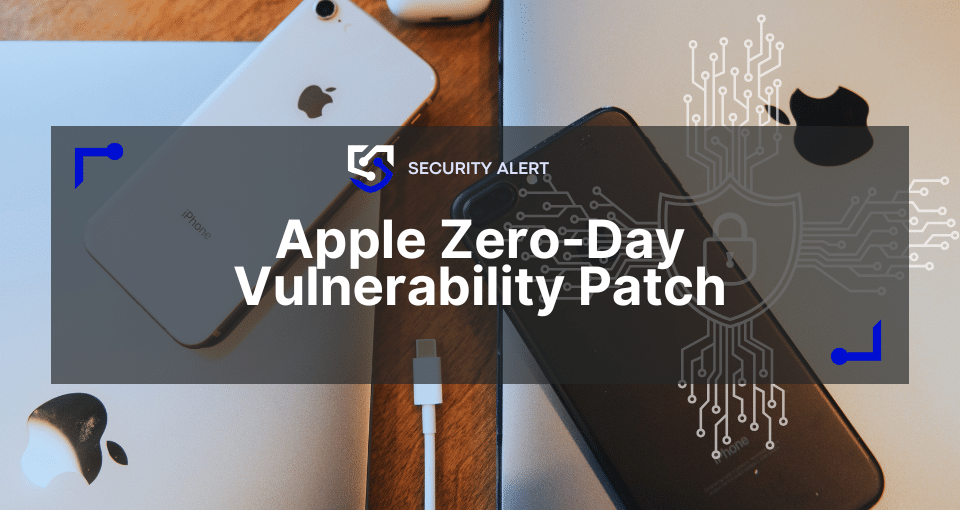Computer forensics services is an area of digital forensics science that covers a range of specialized investigative techniques used to identify, collect, analyze, and preserve digital evidence from personal computers, laptops, servers, and other computing devices.
These services are crucial to assist in cases where virtual evidence is needed for legal purposes, gathering evidence, and use as proof of an incident.
Services provided by computer forensics
Computer forensics services cover a wide spectrum of specialized offerings, each tailored to address specific digital investigative needs. Here’s a detailed look at some of the primary services:
Data recovery and analysis
One of the core services provided by computer forensics experts is data recovery and analysis. This involves retrieving information from storage devices that may have been damaged, corrupted, or deliberately erased.
Network forensics
Network forensics monitors, analyzes, and investigates network traffic. This service is crucial for detecting and investigating network-based attacks, unauthorized access attempts, and data breaches.
Computer forensics experts analyze log files, packet captures, and other network data to trace the origin of attacks and understand the extent of any security breaches.
Email forensics
Email forensics recovers and analyzes email communications, offering crucial information in cases of corporate espionage, harassment, or fraud investigations.
Malware analysis
Malware analysis service is crucial for organizations that have fallen victim to cyber-attacks. Forensic experts reverse-engineer malware to identify how it infiltrated systems, what data it may have compromised, and how to remove it effectively.
Why is computer forensics important?
Digital forensics is important because it relies on ensuring that digital evidence is collected, analyzed, and presented in a manner that is admissible in court. Without proper forensic procedures, valuable evidence could be deemed inadmissible, potentially jeopardizing legal proceedings.
Computer devices can provide vital details during crime investigations. From identity theft and financial fraud to cyberterrorism and child exploitation, computer forensics provides the tools and methodologies needed to track down perpetrators and bring them to justice.
Even organizations of all sizes benefit from computer forensics when investigating internal misconduct, data breaches, and intellectual property theft for businesses. It can help companies understand how security incidents occurred, assess the damage, and take steps to prevent future incidents.
What is computer forensics used for?
Computer forensics has a wide range of applications across various sectors:
Criminal investigations
Law enforcement agencies use computer forensics to investigate a variety of crimes, including:
- Cybercrime (hacking, malware distribution, etc.)
- Financial fraud
- Child exploitation
- Identity theft
- Terrorist activities
Civil litigation
In civil cases, computer forensics can be used to:
- Prove or disprove allegations of intellectual property theft
- Investigate employee misconduct
- Recover deleted emails or documents relevant to a case
- Verify or refute alibis
Corporate investigations
Businesses use computer forensics for:
- Investigating data breaches
- Tracking down sources of information leaks
- Examining employee misconduct
- Recovering lost or deleted data
Incident response
In the event of a cyber-attack or data breach, computer forensics is crucial for:
- Determining the extent of the breach
- Identifying how the attackers gained access
- Understanding what data was compromised
- Gathering evidence for potential legal action
How does computer forensics work?
Computer forensics follows a structured process to ensure the integrity and admissibility of digital evidence:
1. Identification
The first step involves identifying potential sources of digital evidence. This could include computers, servers, mobile devices, storage media, or even IoT devices.
2. Preservation
Once potential evidence is identified, it must be preserved to prevent any alteration. This often involves creating exact copies (or “images”) of the original data using specialized tools that don’t modify the original evidence.
3. Analysis
Forensic experts then analyze the preserved data using various tools and techniques. This may involve:
- Recovering deleted files
- Cracking passwords
- Analyzing metadata
- Examining log files
- Reconstructing timelines of events
4. Documentation
Throughout the process, forensic experts meticulously document their actions and findings. This documentation is crucial for maintaining the chain of custody and ensuring the admissibility of evidence.
5. Presentation
Finally, the findings are presented in a clear, understandable manner. This often involves creating reports that explain technical findings in terms that non-technical stakeholders can understand.







